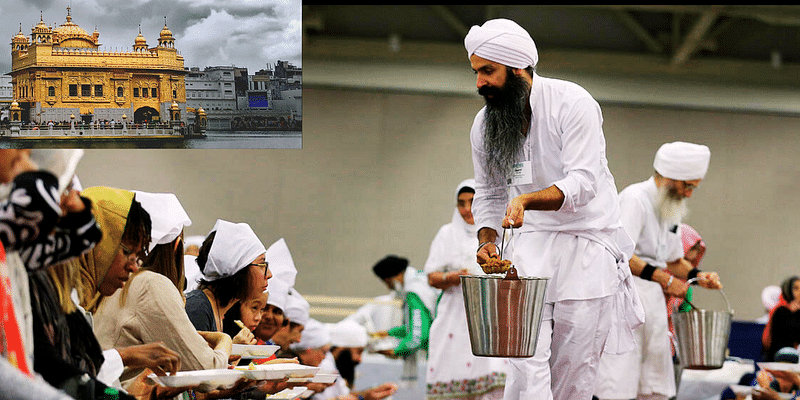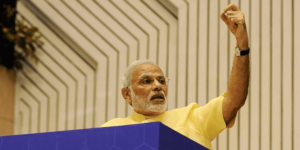
The Golden Temple in Amritsar, India, is home to the world’s largest free kitchen, known as “langar.” This kitchen, started by the first Sikh Guru, Guru Nanak, is a symbol of equality and communal harmony, serving free meals to anyone irrespective of religion, gender, or ethnicity. Every day, nearly 100,000 people, including devotees and tourists, are fed here, and on religious holidays, this number can double.
The concept of langar, a Persian term meaning a feeding center for travelers, was established in the 15th century by Guru Nanak Dev, the founder of Sikhism. It was further institutionalized by the third Sikh Guru, Guru Amar Das, in every Sikh temple (Gurudwara) to promote unity and harmony in a society divided by caste and creed. The initiative encourages people of all genders, castes, and religions to sit together and share meals, fostering a sense of community and equality.
This enormous kitchen, covering an area of 4,645 square meters over three floors, operates 24/7 throughout the year. It is a marvel of community effort and logistics, with about 500 volunteers, known as “sevadaar,” preparing meals around the clock. The meals, which are vegetarian, typically include lentil soup, vegetable curry, basmati rice, and rice pudding. To prepare these meals, huge quantities of ingredients are consumed daily, including 5,000 kilograms of wheat, 1,800 kilograms of lentils, and 1,400 kilograms of rice, among other items.
The kitchen is a bustling hive of activity, with volunteers working in different sections. Some are engaged in cooking meals on massive woks, while others brew large volumes of tea, cut vegetables, or clean utensils.
Chapatis (Indian flatbreads) are made by scores of men and women on large rectangular stoves. The dining area, capable of seating about 5,000 people at a time, is cleaned every 15 minutes to accommodate the continuous influx of diners. To meet the demand, the Gurudwara has also installed three automatic chapati-makers, each capable of producing 4,000 chapatis per hour.
The langar exemplifies the Sikh principle of seva (selfless service) and community solidarity. People from diverse backgrounds, rich or poor, gather here to share meals, symbolizing the beauty and unity of the community. This unique kitchen operates on donations, with an annual cost of more than 300 million rupees (approximately $3.6 million). The funds are raised through contributions from the Sikh community, who are obliged by their faith to donate a tenth of their earnings for communal welfare.
In conclusion, the langar at the Golden Temple is not just the world’s largest free kitchen but also a powerful symbol of equality, community service, and religious harmony, upholding the fundamental tenets of Sikhism.










